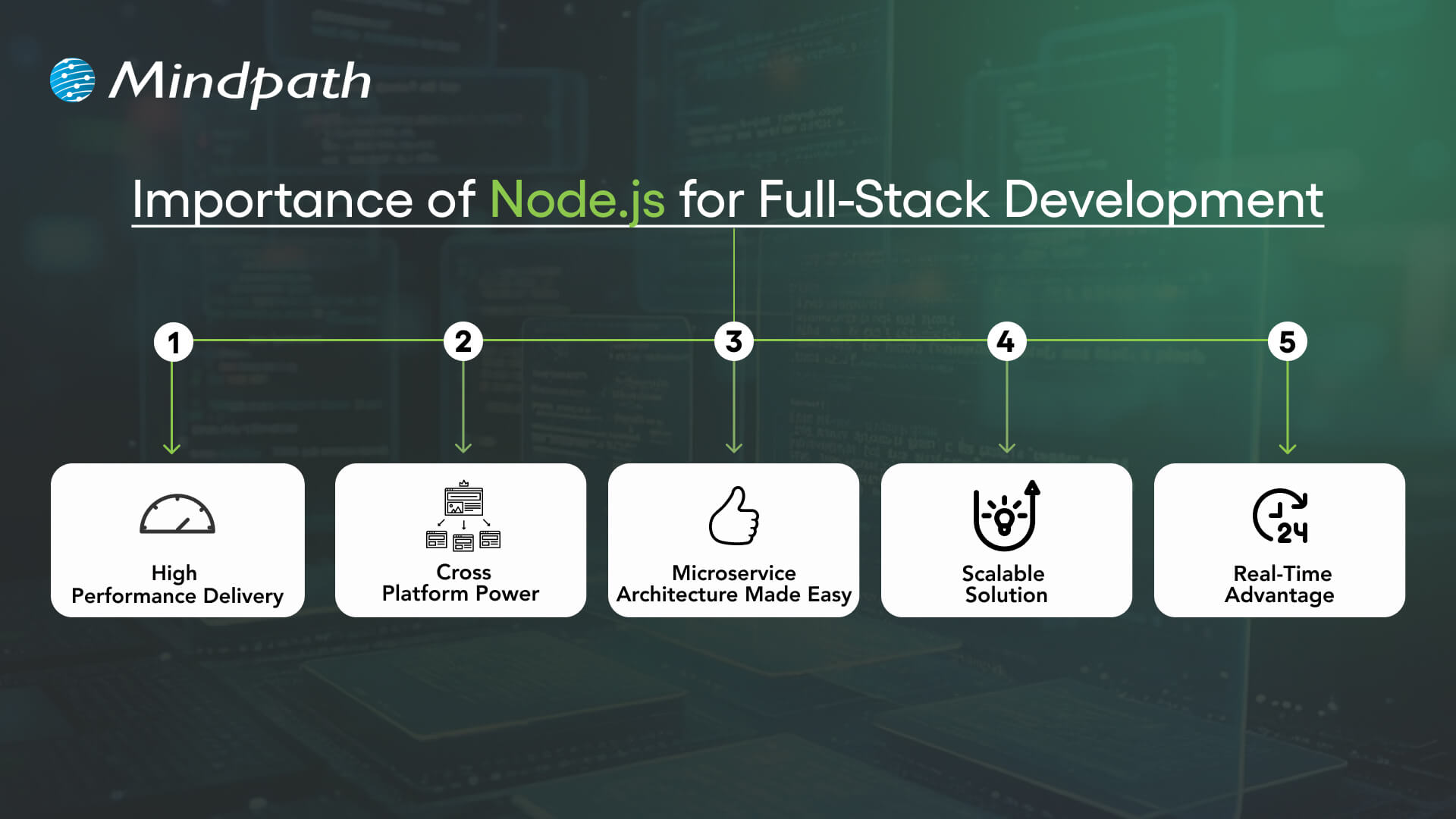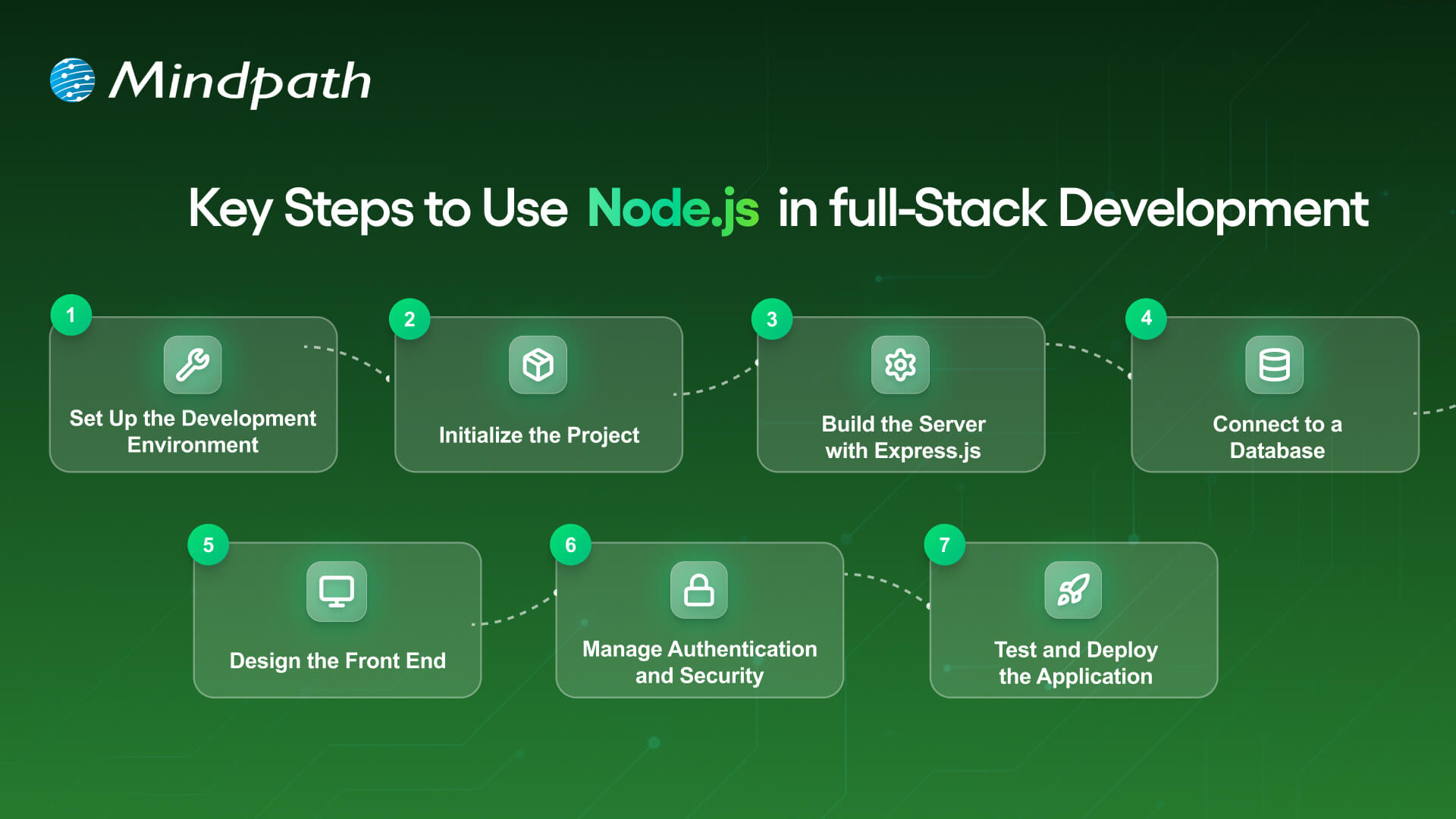Have you ever wondered how businesses are making smarter decisions at lightning speed? Or how machine learning models are being created with minimal coding skills? Welcome to the world of AutoML! In this blog, we’ll explore what AutoML is, and why it’s becoming essential in today’s data-driven landscape. So, let’s dive in!
What is AutoML?
How Does AutoML Work?
Machine learning is made easier by the AutoML method, which automates all stages of the process—from handling raw data to building a functional model. Rather than constructing models by hand, AutoML automatically determines which approach is optimal for your particular activity. Neural architecture search is a single method it uses to achieve this, creating new neural networks that are well-suited to solving various issues. Furthermore, AutoML leverages pre-trained models that already exist by applying transfer learning to new data sets. As a result, anybody can effectively develop models without needing to grasp every technical element, even those with little to no expertise in machine learning.
Advantages of AutoML

1. Scalability
In AutoML, scalability refers to increasing the efficiency of the machine learning process as the system grows. Firstly, it can handle large datasets by saving a great deal of time and effort by handling activities like data organization, cleaning, and processing automatically. AutoML adapts to growing amounts of data without becoming slower.
Second, it scales the whole machine learning process by speeding up everything from picking the best model to fine-tuning it. This implies that more models can be constructed, evaluated, and enhanced faster. This makes it simpler for companies to develop and enhance their machine learning skills as it enables them to manage bigger projects and more difficult problems without the need for extra employees or specialized knowledge.
2. Cost Effective
AutoML saves money by reducing the time and resources required to create and deploy machine learning models. Businesses save money by not having to hire specialized teams since it automates many of the operations that would normally need a data specialist. AutoML enables businesses to achieve improved productivity by reducing manual procedures and accelerating model creation. In the end, this boosts ROI as companies can use machine learning to solve issues, make choices, and grow their operations without having to spend as much on personnel, equipment, or long development cycles.
3. Enhanced Accuracy
AutoML improves accuracy greatly by taking over activities that are often done manually, such as selecting the best model, tweaking algorithm settings, and fine-tuning features. This implies that AutoML can choose the best strategy by swiftly evaluating many combinations and producing more accurate results. It’s automated, so it avoids a lot of typical errors that people could make, making the procedure go more smoothly. Furthermore, AutoML can constantly optimize models, which means that with little effort, they improve over time. This maintains great performance while increasing accuracy and making it simpler to expand machine learning efforts to accommodate bigger, more complicated datasets. As a consequence, companies may make better decisions faster by depending on more precise insights and forecasts without requiring a high level of knowledge.
4. Fast Deployment
Businesses are able to implement solutions much more quickly due to AutoML, which accelerates the creation and deployment of machine learning models. It now only takes minutes to do tasks that once took days, weeks, or even months. Businesses can react to client requests and company needs more effectively because of this speedy response. AutoML gives organizations a competitive edge by reducing delays and enabling speedier time-to-market through the automation of a large portion of the job. The process is streamlined, enabling organizations to provide goods and solutions more quickly and maintain their competitive edge in rapidly evolving markets.
5. Enhanced Productivity
AutoML boosts productivity by automating labor-intensive machine learning operations including data preparation, model selection, and hyperparameter modification. Because these repetitive and time-consuming activities are done automatically, teams are able to put models into production considerably more quickly. AutoML reduces human error by minimizing the need for manual intervention, which streamlines and improves the reliability of the entire process.
Furthermore, by automating these processes, data scientists and developers are able to focus on higher-value, more strategic duties like strategy planning, problem-solving, and model interpretation. Because of this, businesses are able to complete projects on time, adapt to changes in the market more rapidly, and streamline their processes, all of which contribute to a more effective and efficient use of time and resources.
AutoML Solutions at Mindpath
Wrapping Up!
AutoML is revolutionizing the machine learning environment by making powerful data-driven approaches more accessible to enterprises. AutoML’s capacity to streamline intricate procedures, improve precision, and hasten implementation enables businesses to take well-informed decisions with less expenditure.
Our goal at Mindpath is to assist you in realising all AutoML’s potential. Our intuitive solutions make machine learning easier to utilize, freeing you up to concentrate on what really counts—expanding your company and enhancing client experiences. You can stay ahead of the competition and set yourself up for future success and innovation by incorporating AutoML into your operations. Take the next step to turn your data into useful insights by learning about the potential of AutoML with Mindpath!
















